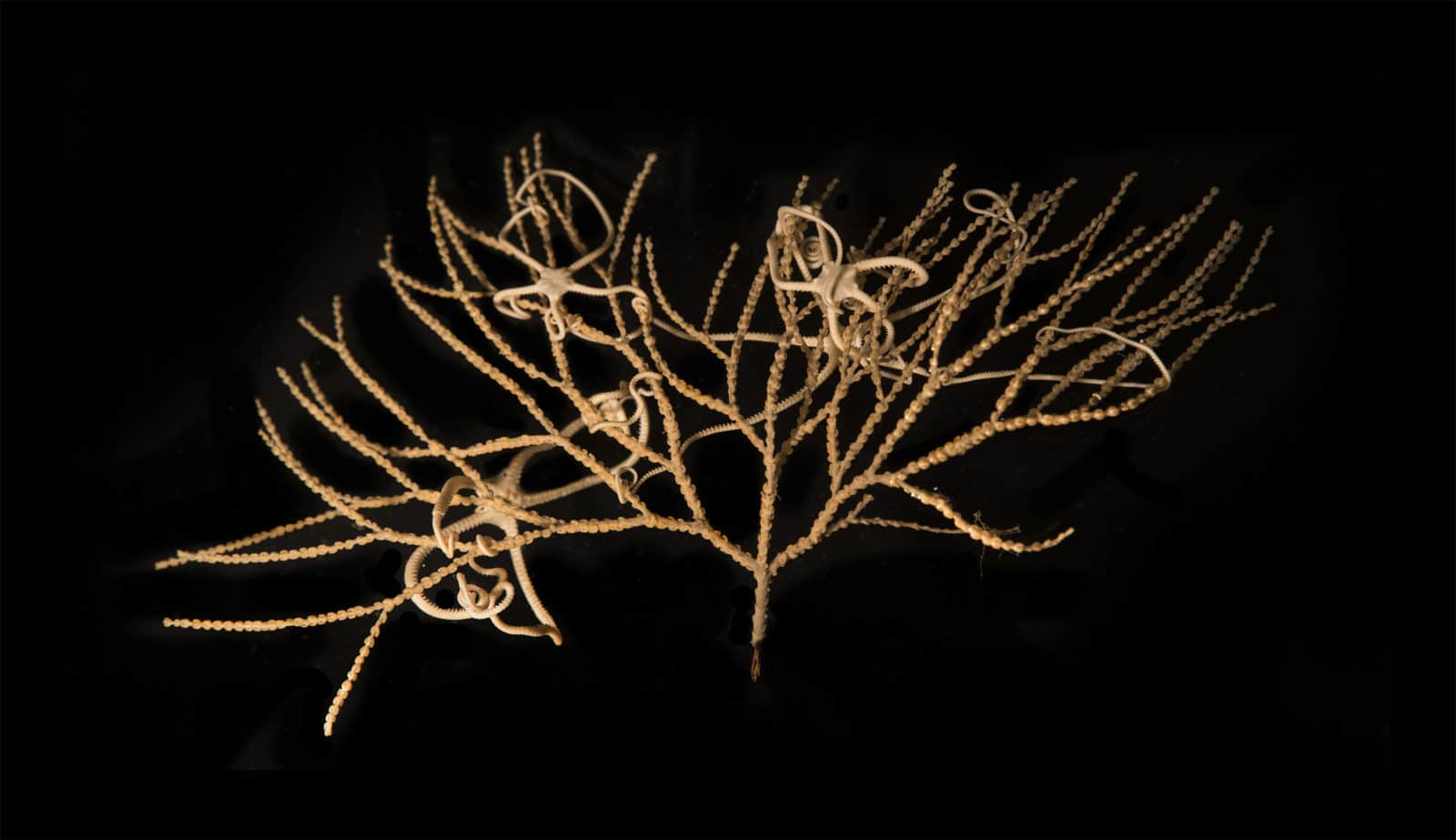Bastien Confino (RTS) spoke with Guillaume Massé, a geochemist at the French National Center for Scientific Research (CNRS) and Université Laval in Quebec. Photos by Noé Sardet (Parafilms, EPFL).
French below…
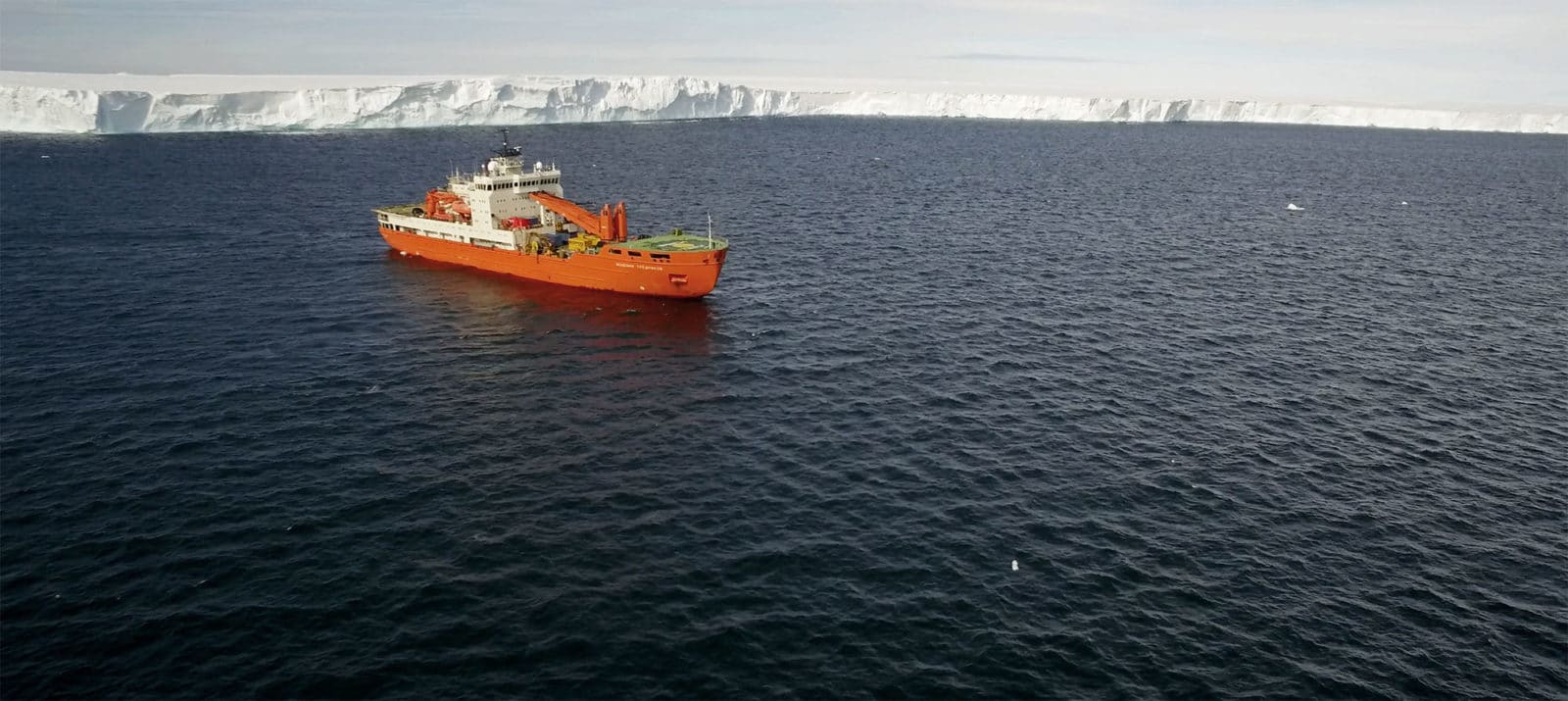
Bastien Confino (RTS) spoke with Guillaume Massé, a geochemist at the French National Center for Scientific Research (CNRS) and Université Laval in Quebec. Photos by Noé Sardet (Parafilms, EPFL).
French below…

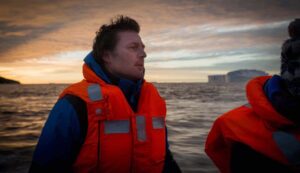 – Now that we are nearing this Glacier, a place you know well. How do you feel?
– Now that we are nearing this Glacier, a place you know well. How do you feel?
Even when you’ve been here many times before, those ice cliffs still take your breath away. And the vast Antarctic ice cap is just mind-boggling.
– The ACE expedition’s initial aim was to visit the subantarctic islands. A stop on the Mertz Glacier was not high on the list of priorities. What changed?
We decided to take advantage of this circum-Antarctic expedition to fit in a detour to the continent itself. The area around the Mertz Glacier is extremely interesting from a scientific perspective because the glacier plays a key role in controlling a variety of ocean parameters here. In 2010, this tongue of ice stretched around 150 kilometers over the ocean. Then an 85-kilometer long iceberg – more than half the length of the tongue – broke off. This event triggered far-reaching changes to surface water conditions, especially west of the glacier.
– But you have a ROPOS submersible onboard – isn’t that for seeing what’s going on below the surface?
One of the project’s goals is to study how these surface changes affect deep-water creatures. It’s pretty straightforward. When a stretch of ocean is covered with ice, less sunlight reaches the sea depths. We assume that both photosynthesis and primary production slow too. Since the ecosystem and the trophic chain depend on primary production, we want to see how various deep-sea communities have changed in the years since the iceberg broke off. Recently, we noticed that some of the canyons close to the Mertz Glacier hosted extremely dense coral communities, which have been declared an endangered ecosystem. We have data on how this ecosystem grew before the glacier broke off, and we’d like to understand how it survived or adapted in response to the changes.
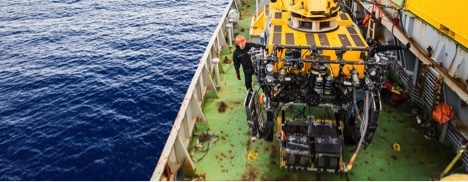
– The Akademik Treshnikov has a trawling net to gather up species from deep in the ocean. So why is a submersible needed?
With the submersible, we can see what’s down there and choose the samples we want. We can also use it to directly measure parameters like salinity and water temperature. That means we can observe the living conditions down there and choose the species that interest us the most. It’s a great opportunity to learn more about how certain Antarctic ecosystems work.
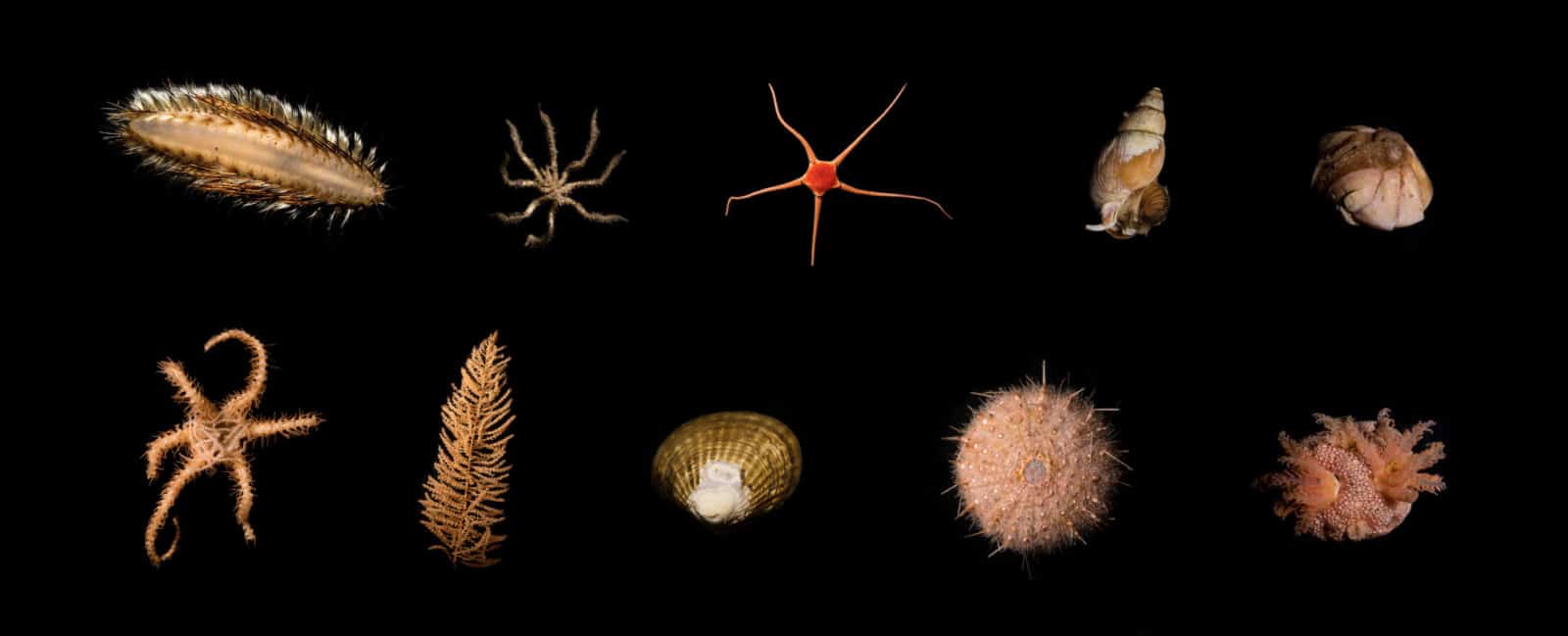
Interview de Guillaume Massé, géochimiste au CNRS et à l’université Laval à Québec.
Propos recueillis par Bastien Confino (RTS). Photos de Noé Sardet (Parafilms, EPFL)
– Nous arrivons sur le Glacier Mertz, un endroit que vous connaissez bien, que ressentez-vous?
Même lorsqu’on a l’habitude de venir ici, ces falaises de glaces sont toujours aussi majestueuses. Et cette calotte Antarctique qui chapeaute le tout, c’est la démesure.
– Le but initial de la mission ACE était de visiter les îles subantarctiques. Le glacier Mertz n’était donc pas une destination prioritaire. Pourquoi avoir demandé ce détour ?
Nous avons saisi cette opportunité d’expédition circum-antarctique pour essayer d’y imposer un crochet vers le continent Antarctique. Cette zone du Mertz est extrêmement intéressante sur le plan scientifique. Le glacier est un élément central qui contrôle de nombreux paramètres océaniques dans la région. En 2010, cette langue de glace s’avançait d’environ 150km sur l’océan. Elle a alors vêlé un iceberg de 85km, soit plus de la moitié de sa taille initiale. Cet évènement a modifié de manière dramatique les conditions aquatiques de surface, notamment à l’ouest du glacier.
– Pourtant, vous êtes à bord avec un submersible, ROPOS, pour aller voir les profondeurs de l’océan et non la surface.
L’un des objectifs du projet est d’étudier l’impact de ces changements qui ont lieu à la surface sur les organismes qui vivent en profondeur. Le lien est simple. Lorsque vous mettez une couverture de banquise sur l’océan, la lumière diminue. On suppose que la photosynthèse et la production primaire diminue également. Or la production primaire est la base de l’écosystème et de la chaîne trophique. Nous aimerions donc comprendre, quelques années après le vêlage, l’impact de ces changements sur certaines communautés du fond de l’océan. Récemment, nous avons remarqué que certains des canyons proches du Mertz présentaient des populations de coraux extrêmement denses, déclarés écosystèmes vulnérables. Nous avons des données sur le développement de ces écosystèmes avant le vêlage, nous aimerions comprendre comment ils ont survécu ou se sont adaptés après ces changements.
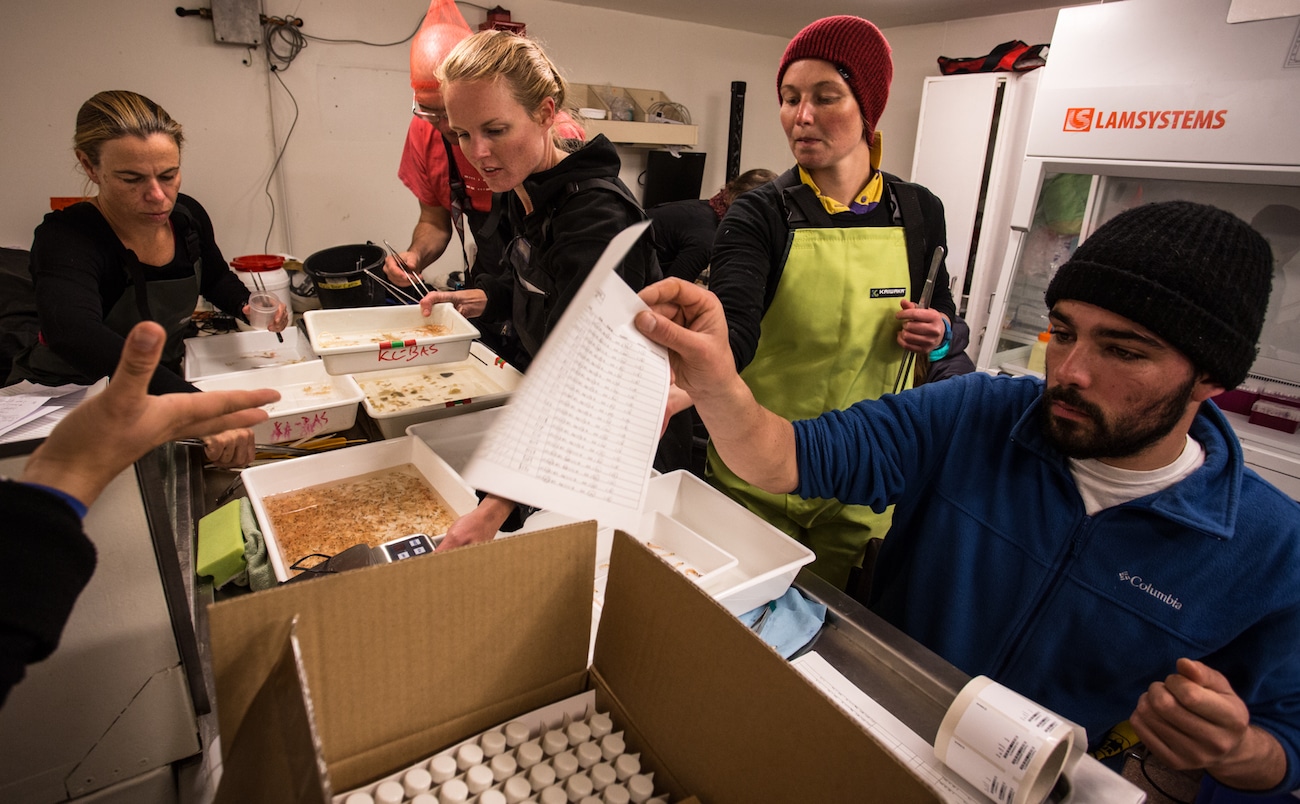
– L’Akademik Treshnikov est équipé d’un chalut qui permet aussi de ramasser des espèces vivant au fond de l’océan. Alors quel intérêt y a-t-il à utiliser un submersible ?
Le submersible nous permet de voir et donc de choisir nos prélèvements. Il est également possible de mesurer des paramètres tels que la salinité ou la température de l’eau en temps réel. Nous pouvons donc connaitre l’environnement dans lequel vit notre cible et prélever de manière sélective les espèces qui nous intéressent. C’est une magnifique opportunité pour mieux comprendre le fonctionnement de certains écosystèmes antarctiques.
